(817) 503-2442
COLLEYVILLE'S COSMETIC SURGERY AND AESTHETIC TREATMENT CENTER

Hair Replacement Surgery
Hair loss is primarily caused by aging, a change in hormones, and a family history of baldness. As a rule, the earlier hair loss begins, the more severe the baldness will become. Hair loss can also be caused by burns, other thermal injuries, trauma, and prior surgeries. In these cases hair replacement surgery is considered a reconstructive treatment, and may be covered by some health insurance policies.
The Truth About Hair Loss
Baldness is often blamed on poor circulation to the scalp, vitamin deficiencies, dandruff, and even excessive hat wearing. All of these theories have been disproved. It's also not true that hair loss can be determined by looking at your maternal grandfather, or that 40-year-old men who haven't lost their hair will never lose it.
The Best Candidates For Hair Replacement
Hair replacement surgery can enhance your appearance and your self-confidence, but the results won't necessarily match your ideal. Before you decide to have surgery, think carefully about your expectations and discuss them with your surgeon.
It's important to understand that all hair replacement techniques use your existing hair. The goal of surgery is to find the most efficient uses for existing hair.
Hair replacement candidates must have healthy hair growth at the back and sides of the head to serve as donor areas. Donor areas are the places on the head from which grafts and flaps are taken. Other factors, such as hair color, texture and waviness or curliness may also affect the cosmetic result. There are a number of techniques used in hair replacement surgery. Sometimes, two or more techniques are used to achieve the best results.
Transplant techniques, such micro-grafts, follicular unit transfer, and single unit transfers are generally performed on patients who desire a fuller, thicker head of hair.
In follicular unit hair transplantation, a donor strip of hair is harvested excising a narrow strip of scalp from the donor areaan area at the back of the head that is resistant to hair loss. Each follicular unit from the donor strip contains one to four hairs follicles.
Follicular unit transfer can be combined with dense packing techniques in a megasession. Patients enjoy more dramatic results with less operations when these procedures are performed at a single sitting. As many as 2200 follicular units can be transferred in one megasession.
Follicular unit transplantation is an extremely efficient manner of hair restoration because several thousand hair grafts can be obtained from one small, thin donor strip. While follicular unit hair transplantation is very simple by principle, it takes an experienced surgeon, attention to detail, an artist's touch, and micro-surgical skills for the best implementation of this technique.
Not the procedure
you're looking for?
RETURN TO SURGICAL PROCEDURES
RETURN TO PROCEDURES
SEE MY TRANSFORMATION!
Want to see what you'll look like with a Botox® Cosmetic Treatment?
Upload your own photo and see for yourself!
Post Op Instructions
DR. SMITH POST OP INSTRUCTIONS
DR. DUCIC POST OP INSTRUCTIONS
OUR PROCEDURES
SURGICAL PROCEDURES
Hair Transplants
FACIAL PLASTIC
RECONSTRUCTIVE SURGERY
Dr. Ducic is the Director of the Center For Aesthetic Surgery & board certified in Facial Plastic and Reconstructive Surgery & Otolaryngology Head and Neck Surgery. learn more.
FACIAL PLASTIC
RECONSTRUCTIVE SURGERY
Dr. Smith is board certified in Head and Neck Surgery and Board eligible in Facial Plastic and Reconstructive Surgery. learn more.
PLASTIC & RECONSTRUCTIVE SURGERY
HAND & MICROSURGERY
Dr. Reaves' specialty is Plastic & Reconstructive Surgery, Hand & Microsurgery with a focus on breast augmentation, breast lift, body contouring and tummy tucks. learn more.
VOTED BY THEIR PEERS AS “TOP DOCS 2015” - FORT WORTH TEXAS MAGAZINE
(817) 503-2442
75 Main Street, Suite 150
Colleyville, Texas 76034
Hours:
Monday - Friday
9 a.m. - 5 p.m.





Website Designed By: OutLaunched.com © Copyright 2016 Center for Aesthetic Surgery, All Rights Reserved Site Map



